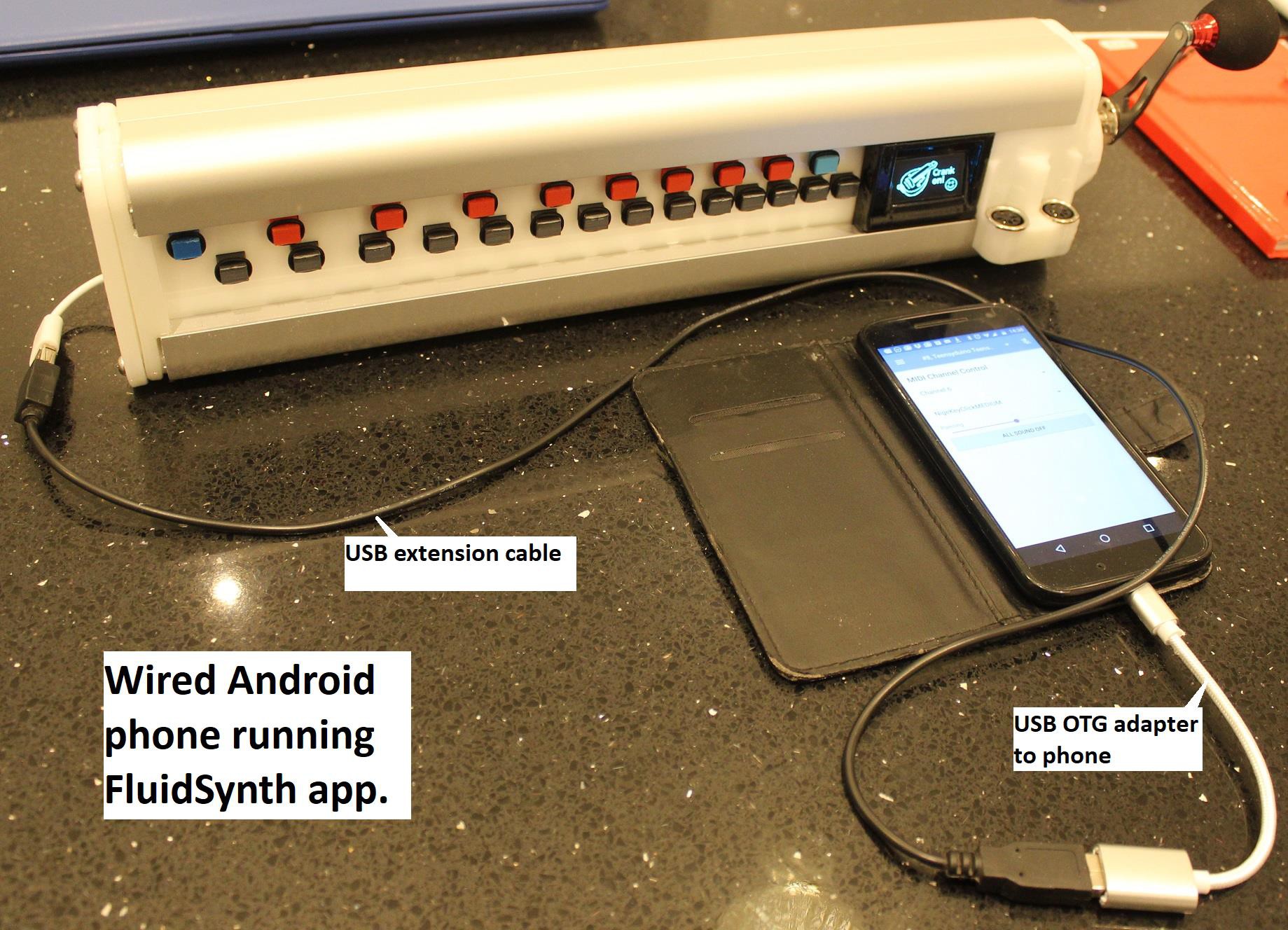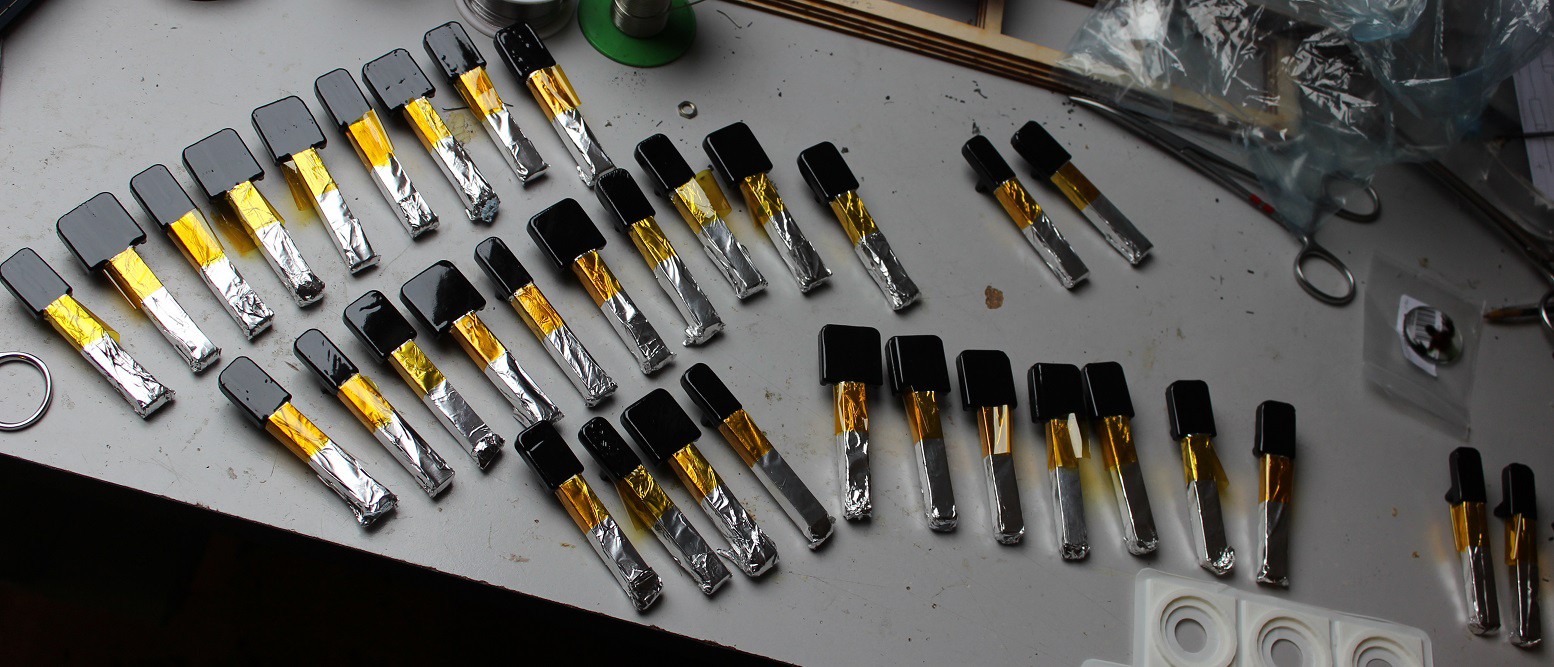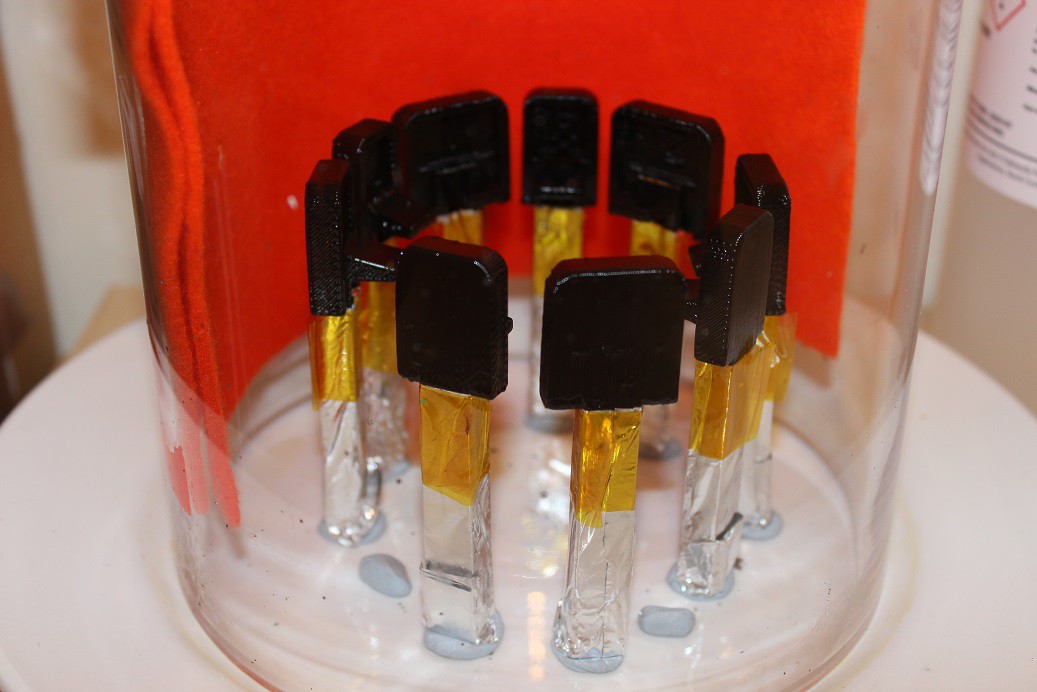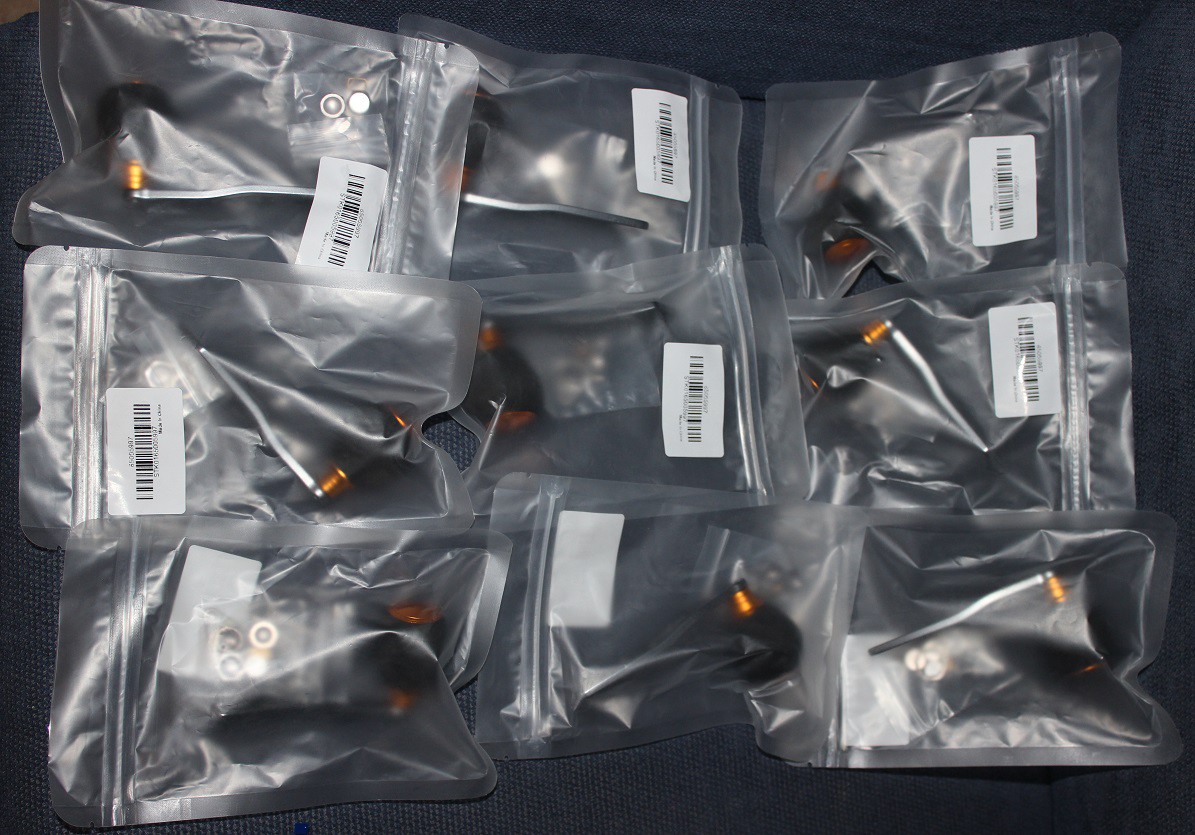Video clips of it being played & overview of current versions of Digi-Gurdy
Overview of current (January 2023) version. For more info: www.digigurdy.com
Scott Marshall has a YTube playlist of him playing and improvising on one (above).
DigiGurdy Users Group: https://www.facebook.com/groups/2385106478458532
April 2022: Major software rewrite by Basil Lalli. Click for his GitHub page
June 2022: New optical chopper wheel crank sensing.
October 2022: Official website created: www.digigurdy.com
What is it?
In addition to the above, a hurdy-gurdy also has drone strings and a buzzing rhythm section operated by varying the rotation speed of the crank handle. It has been described as the stringed equivalent of the bagpipes and, as with bagpipes, there are design variations in the folk traditions of different countries. Links to videos of real hurdy gurdy players are provided.
The Digi-Gurdy is an electronic hurdy-gurdy keybox, with correctly placed keys, that outputs MIDI (an industry standard digital communication system for electronic musical instruments) via a USB cable to an attached laptop or phone running suitable MIDI player software. When used with headphones this would give you a low cost, portable, compact and silent means of playing the equivalent of the melody strings, i.e. something to learn to play on wherever you may be. It would not even require a battery as it would be powered via the USB cable. It also has an industry-standard regular MIDI socket.
Are you building any?
Video links: See project log # 20 for a series of 4 Build videos and two more on how to setup and use it with an iPad/Phone or Android phone
Why?
1) Major barriers to entry for beginners are that while a playable electric guitar for example can be bought for around $200, a hurdy-gurdy is made to order by a specialist luthier and costs around $1500 even for a basic instrument with a waiting time of several months to a year.
2) In addition, it is noisy, making a good place to practice without upsetting your companions hard to find! This problem has been solved for bagpipe players with the availability of both practice chanters resembling a simple flute and electronic e-chanters allowing practice while wearing headphones.
How it works: The keys press on micro-switches and the brain of the device is an Arduino Teensy4.1 microcontroller. An OLED display shows you which note you are playing at any time. The new DigiGurdy versions are all laser cut.
I previously simulated the crank using a hobby robot gearmotor as a dynamo. Update (2023) I am now using an optical sensor and slotted wheel to measure crank speed.
Primary objective: To produce a reasonably affordable design of electronic hurdy gurdy.
NOTE: Click on my name and send me a PM if you want to discuss anything.
Video examples of various styles of hurdy-gurdy players, in no particular order:
Jiří Wehle, Prague street performer
Example of a younger player, Patty Gurdy.
Video about the Black Sails TV series soundtrack
Jimmy Page playing HG in the film: The Song Remains The Same
 XenonJohn
XenonJohn












































 Andrei Speridião
Andrei Speridião
 Moritz Walter
Moritz Walter
 brtnst
brtnst
Hi John, I'm currently building one. Used parts of https://www.thingiverse.com/thing:4305281 which I've modified in a way that I couldhave printedthem on my 3D printer. Idea is now to cover up all with some nice wooden verneer which I have from previeous projects and add some metal weight (printed parts are a bit too light). What I'm missing are the soundfiles for FluidSynth. How can I get them ? Thanks and take care.